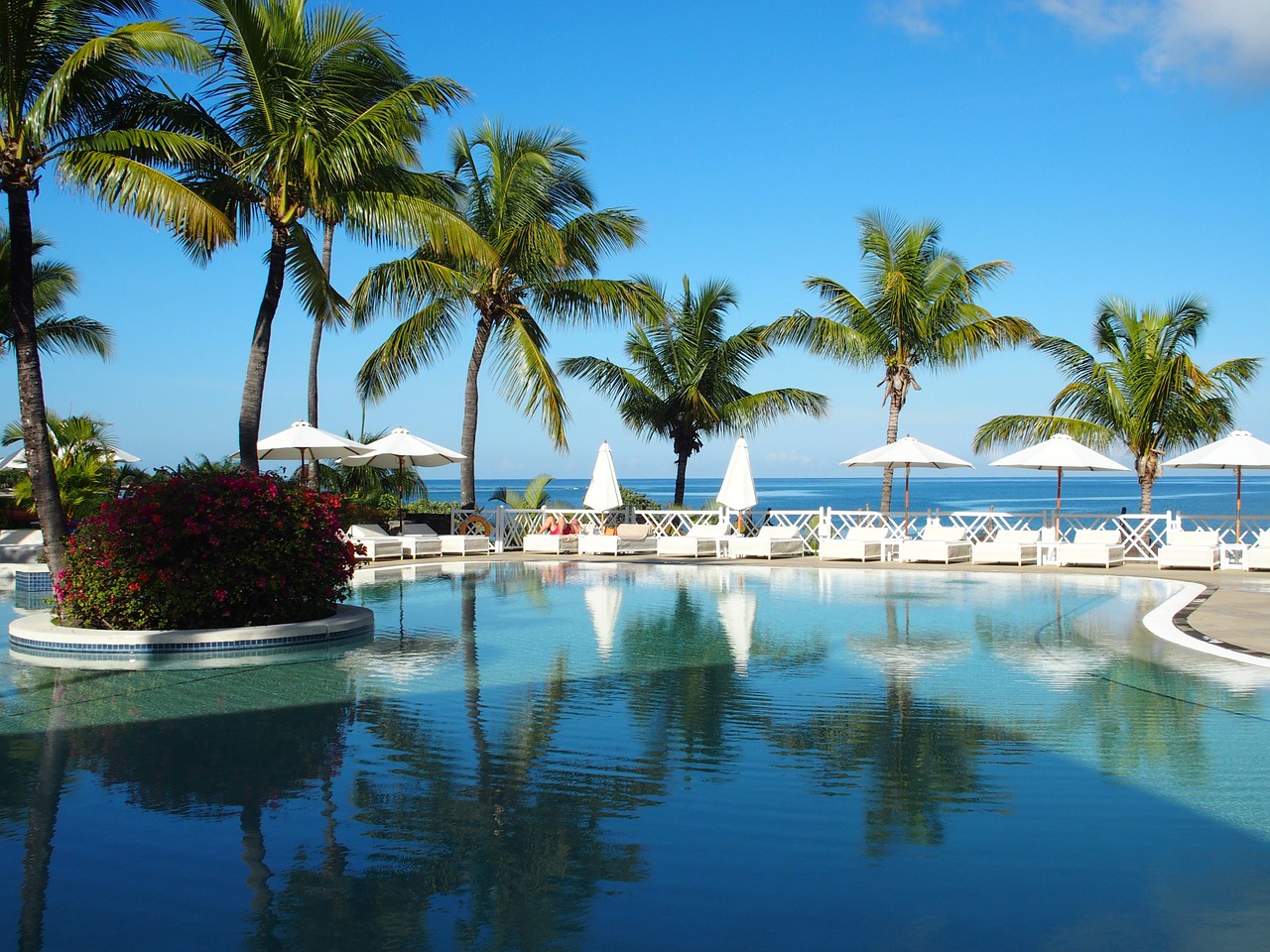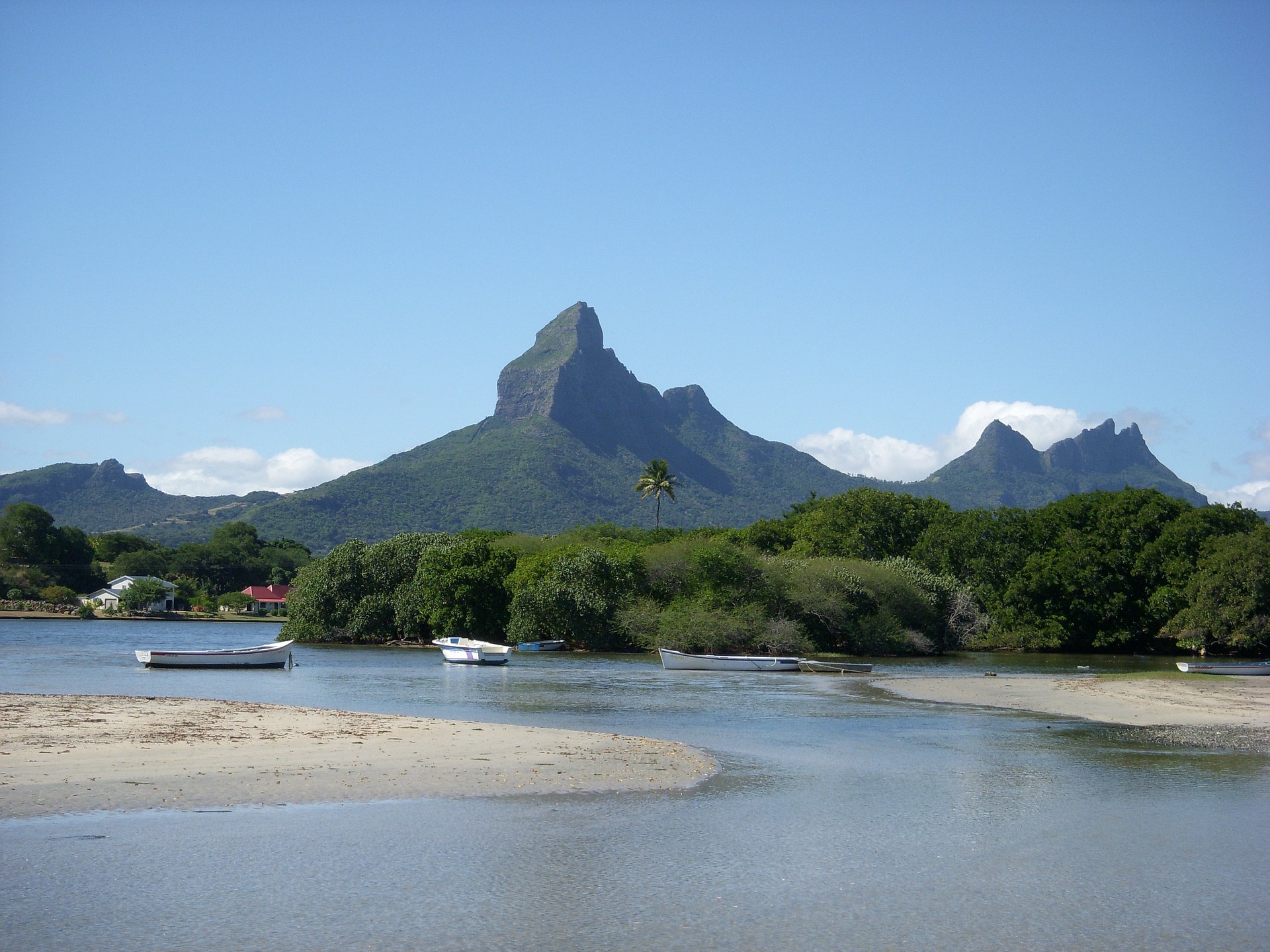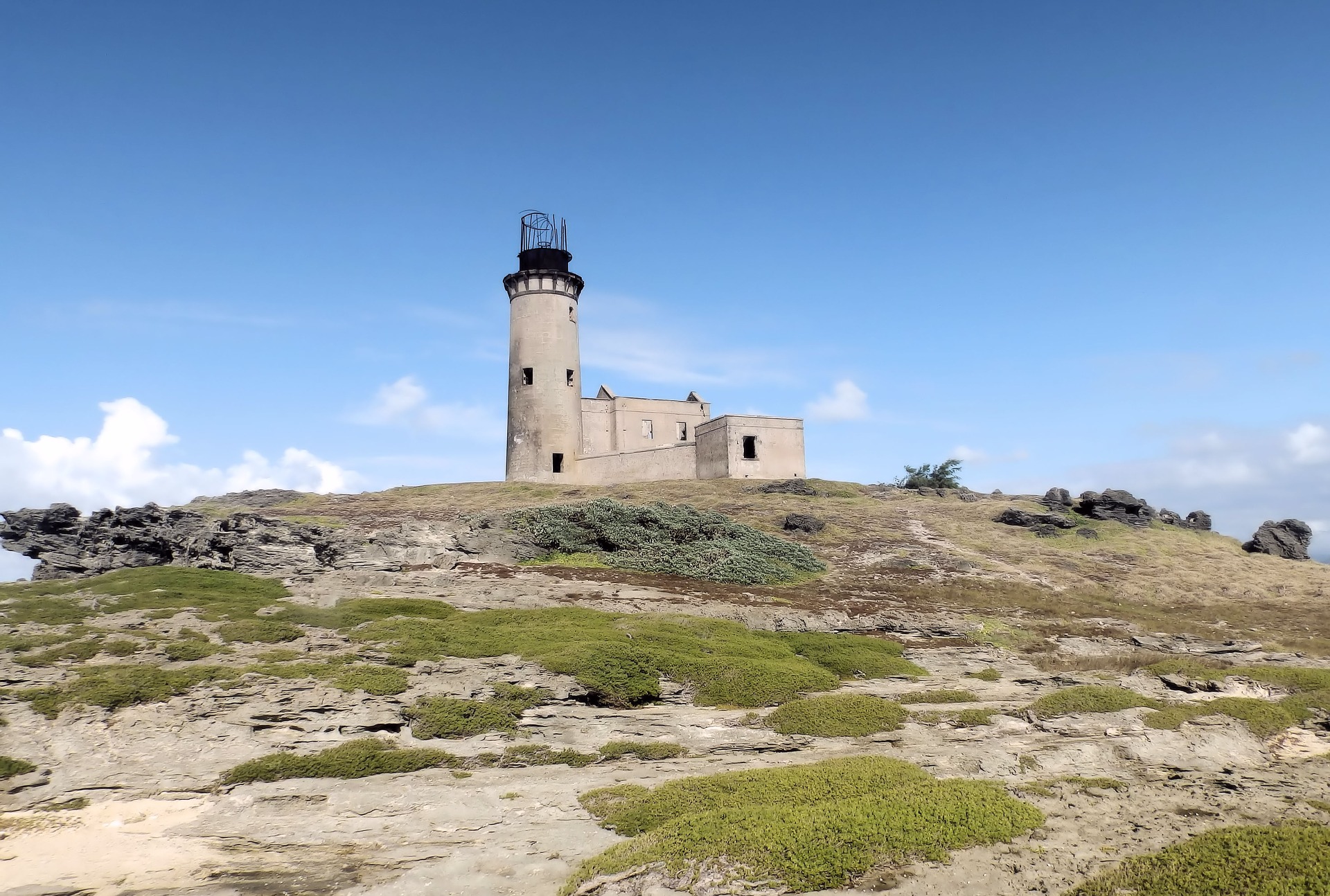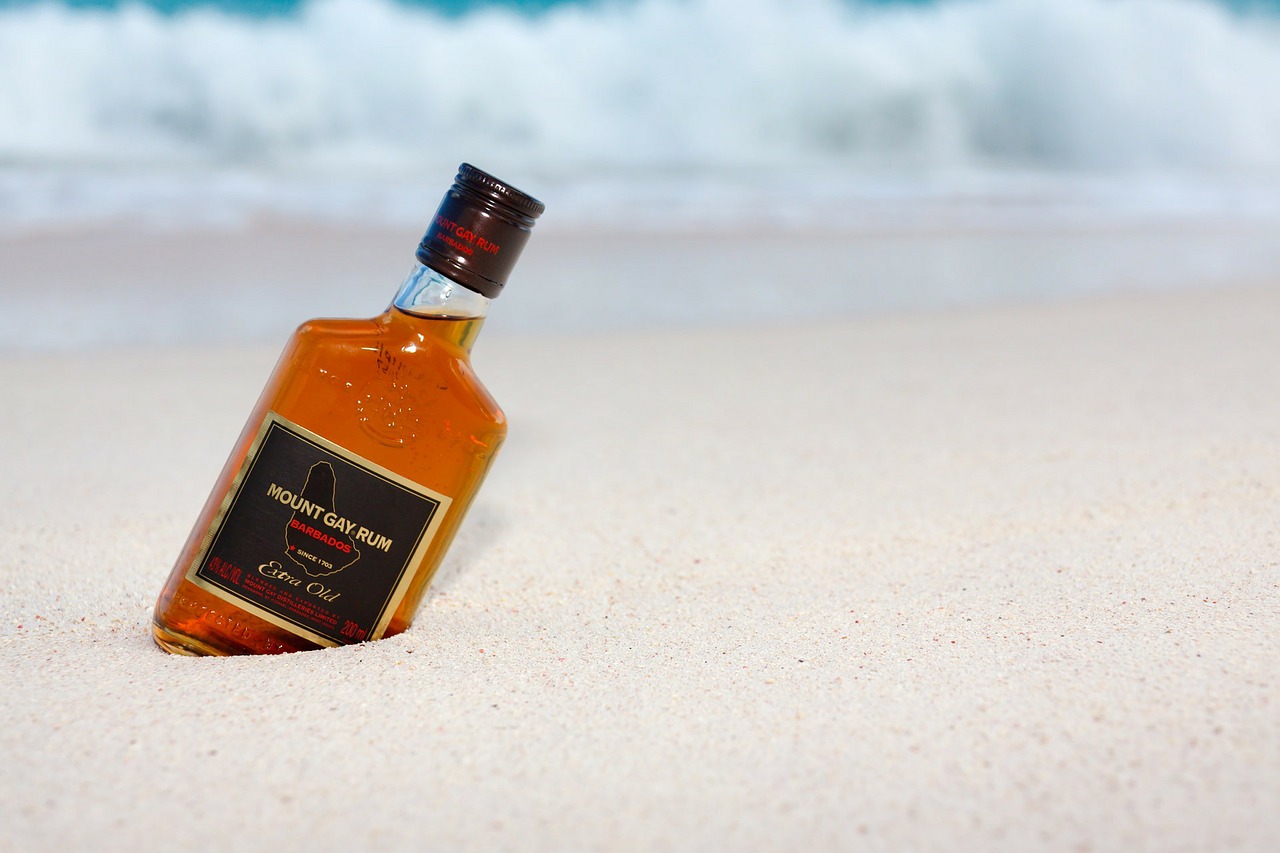The blue waves are foaming with white, as the mermaids frolic with the dolphins in open waters, climbing through the seaweed that blocks their way. The turtles swim langorously in the heat of the ripening morning sun and the beach goers make sand angels in the pristine white sand, searching for fossils to recapture the past. But it is the seven coloured earths that capture the publics imagination the most, a reminder of a vial of striped sand you were given by your Foster mum who went on a dream holiday to Mauritius all those years ago. It almost seems like a lifetime ago.

For tourists Mauritius is the poster child for ‘Instagrammable locations’, a dream vacation that encompasses rolling hills, turquoise waters teeming with turtles and hiking vistas that take you into the heart of nature, desensitized to the material human world that lies above. You listen to the tale of how Mauritius came to be; it was 8 million years ago that gigantic underwater volcanic eruptions created the Macranese Islands… Mauritius the largest of them all. There are broken fragmented rings of mountain ranges that encircle the island so protectively while the streams and rivers that speckle the island in dribs and drabs form in the cracks where lava flows used to be. It’s a land where the volcanic demons and the mermaids met one day not so long ago, forging a world of sea and fire, it’s army on standby.
Mauritius is without shadow of a doubt an Instagrammer’s paradise, as you dive into the fringing coral reef, the forests of our oceans whose very existence is threatened by the doomsday that is Global Warming. You think to yourself how we must merge into guardians of the sea, relinquishing the baddies that contribute to the demise that is the coral barrier reef, skeletal remains washed up on sandy shores. The patchwork of coral that drifts around Mauritius is oddly beautiful in its limp flaccid state but equally as affable is the Black River Gorges National Park as you bathe in the waterfalls cascading from solid rocks and trek through the heart of the indigenous forest. A fragile eco-system that we must battle to preserve, Mauritius is home to some of the rarest species of flora, fauna and wildlife in the world, reaping the benefits of biodiversity in its wake. But why is Mauritius so popular with Instagrammer’s I hear you ask?

The Endless Stretch Of White Sand Beaches
Mauritius is a beachgoers mecca, a postcard image of white sandy beaches flanked by tranquil blue lagoons. But this is no ordinary beach but a patchwork of communities, where locals and tourists come together as one, in a tropical paradise fashioned by the mermaid gods themselves. In the North of the island Mauritius becomes water sport central, where water skiers and wind surfers collide, while in the East there are wild, less developed beaches waiting to he explored. There is Palmar and Belle Mare fringed by shady green casuarinas trees and a lagoon where the mermaids come to rest after doing their bit to protect the coral reefs while the west coast is home to spectacular sunsets, surfing and deep-sea fishing. For those who crave some meditative solitude there’s also stunning walks through the island’s nature reserves, where Mother Nature and the Animal Kingdom thrive in ritualistic harmony. It’s easy to see why Mauritius is so popular with Instagrammer’s and tourists, with water so clear it creates a mirrored reflection, and natural reserves that are teeming with rural beauty , a Goddess among men.

The Cuisine Is A Melting Pot Of Culinary Cultures
London might be famed for it’s interpretation of ‘world foods’ but it is Mauritius who has created a melting pot of delicious culinary cultures, with Indian, Chinese, Creole and European culinary influences running throughout their cuisine. Manna to the food lovers among us, expect Instagrammable spreads of culinary treasures like dholl purri, wheat pancakes plumped with dholl, before being served with curry, tomato sauce faratas, gateaux piments (chilli bites) and samosas. Chefs are celebrated here for thinking outside of the box, experimenting with a combination of flavours that have evolved through its different cultural heritages and cooking traditions.
Arguably Mauritius is a melting pot of ‘world foods’ but a food critic might note that it has strong ties with French culture and exudes a French “savoir vivre”. The popularity of French dishes like the bouillon, civet de lièvre or coq au vin served with good wine show the prevalence of French culture in Mauritius even today. While the food is like heaven to a food blogger, its worth noting that their drinks are just as Instagram worthy too. With a penchant for rum, Mauritius is home to four distilliries (Grays, Medine, Chamarel and St Aubin) and is in the process of opening an additional three, to capitalise on it’s love of good rum. And boy is it good, light on the tongue and easy on the eye, the question is who do we have to thank for this wondrous drink? Well none other than Pierre Charles François Harel who in 1850 initially proposed the concept of local distillation of rum in Mauritius, after the French and English administration ensured that sugar production was fully exploited, which considerably contributed to the economical development of the island.

The Seven Coloured Earths Are A Window Into Another World
Mauritius is a stunning treasure chest of geological landscapes that range from seven coloured alien earths, all lined up in rows to the green vegetation of the national parks, where the birds flit among the trees. But it is the seven coloured earths that draws in the travellers attention the most, shades of red, brown, violet, green, blue, purple and yellow stuck together in a case of magnetic attraction. It’s an earthen meringue in the heart of Mauritius, found in the Chamarel plain of the Rivière Noire District, a phenomenon to tourists and locals alike, who attempt to read their fortunes in the seven coloured sands.

But it’s origins are a fascinating discovery, formed from the decomposition of volcanic rock (basalt) which gullies into clay, further transformed into ferralitic soil by total hydrolysis. While normal volcanic activity may result in terrocota landscapes and barren wastelands, the seven coloured earths are believed to have been a result of molten volcanic rock cooling down at different external temperatures which created the layers of colours that you see before you today.
It’s no wonder that Mauritius is so popular with tourists seeking Instagrammable holidays with its mouthwatering cuisine, natural sand beaches and lagoons all in one incredibly diverse island. Question is will Mauritius be your next vacation spot?
Have You Ever Been To Mauritius Before?
Leave a Reply